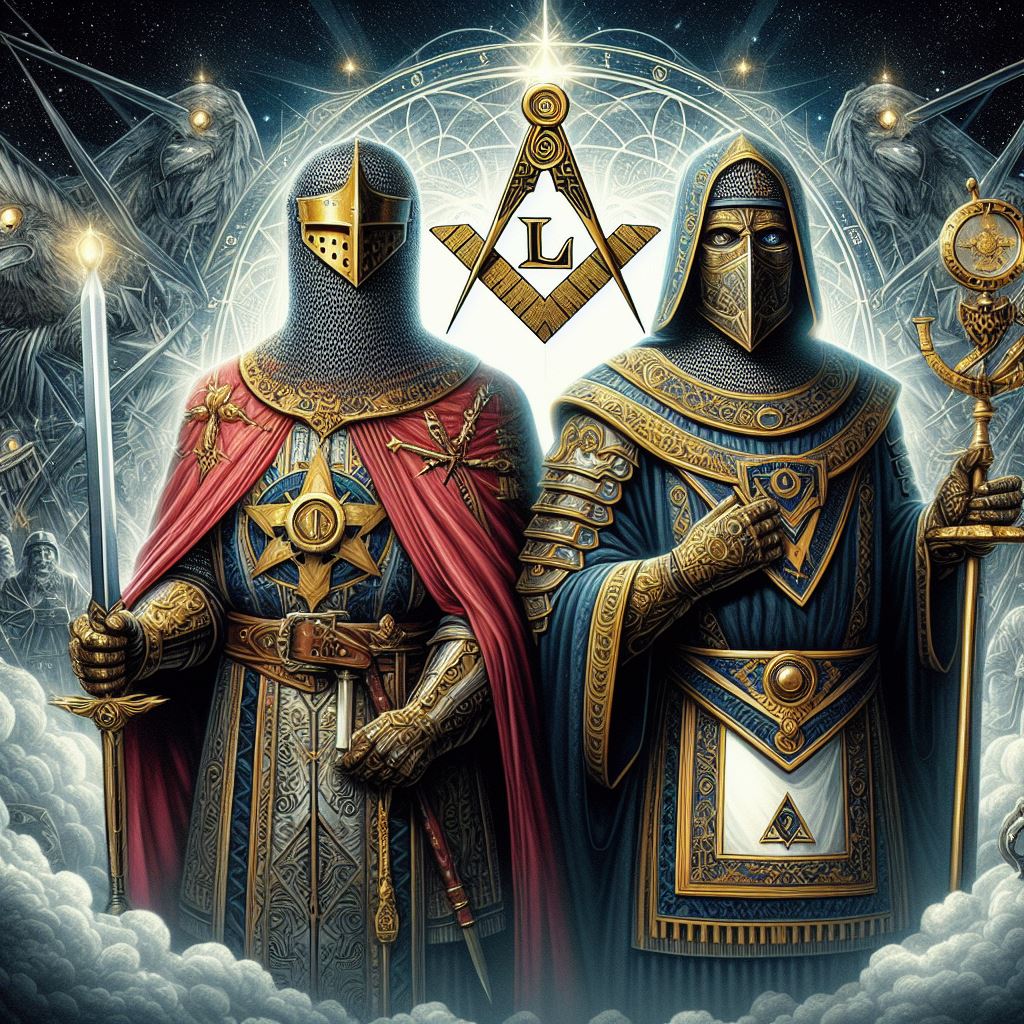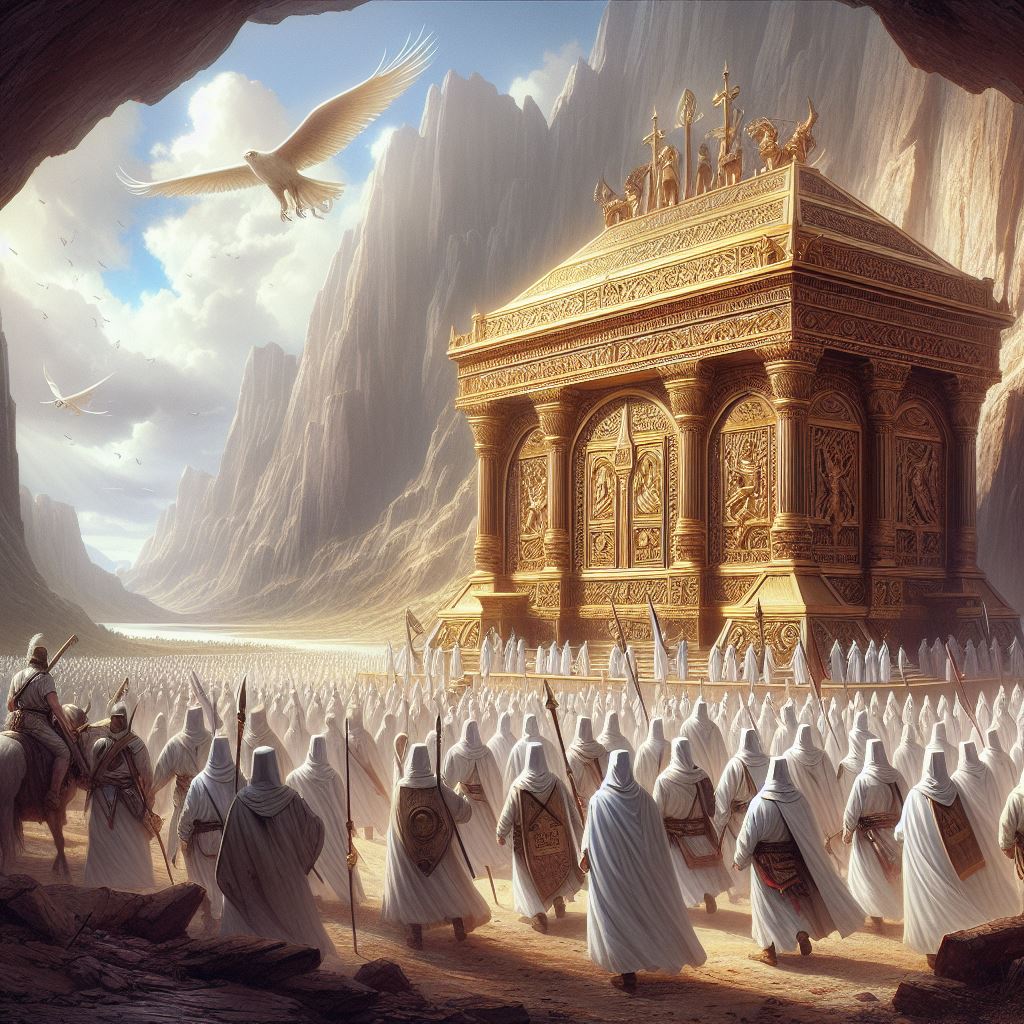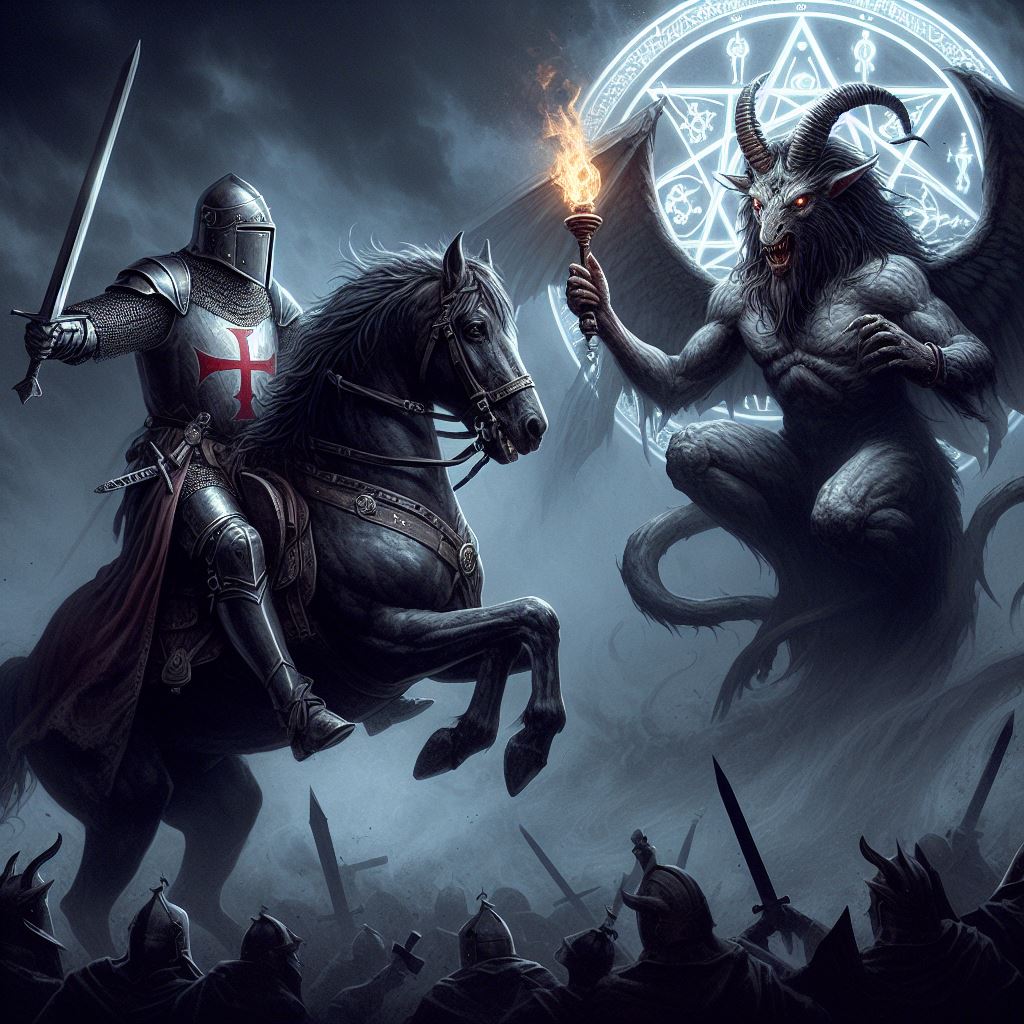
Imagine a completely different story about Jesus Christ – one that diverges from what we get in Matthew, Mark, Luke and John. It does exist. In all those lost gospels rejected by the early Christian church. The texts thrown out because they didn’t conform to orthodoxy.
Secret gospels that minority Christian sects held on to and copied assiduously. With very different views of Jesus – some that he was simply a man while others that he was a supernatural being with no human substance. These gospels were burned, suppressed and banned. And only thanks to chance discoveries and archaeology have we any idea that they ever existed.
Those who oppose any study of the Lost Gospels today will claim – breathlessly – that the reason our gospels were chosen was because authorship could be verified. But no serious bible historian (as opposed to literal evangelical) really thinks the gospels were written by the apostles. “Matthew”, “Mark”, “Luke” and “John” were names added later – and bear no relation to the illiterate followers of Jesus. In fact, the authors of the four gospels were Greek speakers – not Aramaic peasants.
Not just four gospels – but all the lost gospels too
For fifteen hundred years, Christians have grown used to the idea of just Four Gospels. But these are the magic four that the early Church decided, for a variety of reasons, were acceptable to the faithful. The current compilation took a while to take root and to be universally accepted – and there are still differences between, say, Catholicism’s bible, Protestantism’s bible and that of the Eastern Orthodox church.
So what happened to the missing Gospels? They were suppressed, burnt, condemned and so on. But over the years, they have stubbornly turned up in other writings or simply been dug out of the ground. A list of those Gospels and their translations can be found here.
Lost Gospels of James and St Peter
These include the Secret Book of James, the Gospel of St Peter and the Gospel of the Egyptians. The latter was condemned for its insistence on sexual abstinence as a way of breaking the endless cycle of life and death and taking all our souls skywards to heaven. This would not do as the church insisted we had to go through an earthly cycle to, as it were, prove our worthiness to go to heaven. The earthy teacher and invigilator for this admittance exam for entrance to heaven would, of course, be the church.
In fact, any gospel that threatened the power and very raison d’etre for an earthly church was roundly condemned. As were gospels – like that of the Ebionites – which presented Jesus as too mortal (and Jewish) or those that failed to present him as mortal enough (the Marcionites and Gnostics who saw him as a purely divine force to be understood through a kind of transcendental meditation).
Gaps in the life story of Jesus filled by the Lost Gospels
Interestingly, these gospels offer more information on key parts of the bible story. The Infancy Gospel of James gives a whole heap of detail on Mary’s birth to an elderly couple who had given up hope of having children. It explains why the Temple insisted on her marriage to the carpenter Joseph and then tells how Jesus was born in a cave with Salome acting as midwife. As Herod’s troops approach, Jesus is hidden in an animal trough to avoid detection.
The Gospel of St Peter is at the more anti-Jewish end of the Gospel spectrum. As the noted scholar Bart Ehrman has noted in his excellent books on biblical texts, you can crudely divide up gospels in to those that lean more towards a mortal and very Jewish Jesus and those that lean towards a more divine figure and tend to blame the Jews for his crucifixion.
In the Gospel of St Peter, Pontius Pilate is completely exonerated for the death of Jesus. By washing his hands, he really has refused to have anything to do with the trial and it’s Herod Antipas who passes the death sentence. The Coptic church took this interpretation a step further by looking at Pilate as a virtual saint.
Jesus the Vegetarian in the Lost Gospels
The Gospel of the Ebionites portrays Jesus and John the Baptist as vegetarians and Jesus takes a decidedly dim view of animal sacrifice in the Jewish Temple. This makes Jesus a Jewish reformer – probably in the aftermath of the Roman destruction of the Temple and the soul searching that took place among Jews.
This event took place decades after the crucifixion but it shows how what was happening as these Gospels were written insinuated in to the stories. Basically, the Gospels (including the four we know) were often part of a polemic between different Christian/Jewish groups. They simply put words in to the mouth of Jesus and his apostles to support their view.
Mary Magdalene way more important in the Lost Gospels
The Gospel of Mary controversially places Mary Magdalene above the disciples – not just in the affections of Jesus but as a follower. As with many of these Gospels and the four we know (mainly written in the very late first century and most in the second century AD), what we can actually discern here are some early disputes between Christians.
In this case – are women allowed to preach and hold high position in the church? The argument is portrayed in a dispute within the Gospel between St Peter and Mary Magdalene. Peter is obviously telling Mary Magdalene to get back in the kitchen and make some tea for the lads (I’m joking) while Mary has different ideas. This same story of a bust up between the two appears in at least three other suppressed Gospels – the Pistis Sophia, the Gospel of the Egyptians and the Gospel of St Thomas.
FIND OUT: What links Joseph of Arimathea to the Knights Templar
The latter gospel is very interesting. St Thomas is said to be the apostle who takes Christianity to India. While in India, he encounters a huge snake that reveals itself to be the devil. I love this encounter where Lucifer explains the difficult relationship with a father who he feels has been rather unfair to him – here is a quote:
And he said unto him (devil to Thomas): I am a reptile of the reptile nature and noxious son of the noxious father, of him that hurt and smote the four brethren which stood upright. I am also son to him that sitteth on a throne over all the earth, that receiveth back his own from them that borrow. I am son to him that girdeth about the sphere and I am kin to him that is outside the ocean whose tail is set in his own mouth. I am he that entered through the barrier in to paradise and spake with Eve the things which my father bade me speak unto her. I am he that kindled and inflamed Cain to kill his own brother and on mine account did thorns and thistles grow up in the earth.
One thing to note about the Thomas gospel is that Jesus is rarely challenged as he sets down the law of his father. But in Gospels that are regarded as earlier than Thomas – the so-called Oxryhynchus 1224 Gospel written very close to Jesus’ death – Jesus has to argue hard with his opponents in the market place.
Well, there’s plenty more than can be said about the Apocrypha – the term used for the Lost Gospels. If you thought there were contradictions in the accounts of the four Gospels authorised by the Church (compare their accounts of the empty tomb discovery for example), then you’ll find plenty more confusion when you add these in to the mix.
And how does this relate to the Templars? Because, as I’ll blog about elsewhere, the Templars are often accused of having adopted unorthodox variants of Christianity, some of which they may have picked up from these shunned gospels.












You are wrong on this – “the so-called Oxryhynchus 1224 Gospel written very close to Jesus’ death”.
http://en.wikipedia.org/wiki/Oxyrhynchus_Gospels#Oxyrhynchus_1224
“a date of around 150 C.E. is more widely accepted by scholars. [Craig A. Evans, Ph.D. Fabricating Jesus: How Modern Scholars Distort the Gospels, p. 61]”
My colleagues and I take an archaeological approach to these texts: http://historyhuntersinternational.org/
This leads to some points which I will repeat here:
1. The oldest texts for the canonical gospels can be dated to the reign of Hadrian.
2. All such texts required imperial authority for publication.
3. Not only are these texts in Greek, the lingua franca of Rome, they are Greco-Roman, drawn very largely on Flavian sources and do not offer a history of Judea.
4. There is no ‘Christ’/Messiah in them, but a magical Jesus the Good (Chrest), with various Greek royal titles translated as Lord and Saviour.
5. This Jesus appears first in the past era and is a solar deity associated with what may be termed broadly as Greek Magic, which in .
6. Jesus Christ and Christianity do not appear until the 4th century.
This leads to the study of theurgy (http://en.wikipedia.org/wiki/Theurgy) and magician-philosophers such as Plotinus (http://en.wikipedia.org/wiki/Plotinus) and Iamblichus (http://en.wikipedia.org/wiki/Iamblichus).
It is not an easy subject and though I have learned in the last few years a lot that is completely new to me, it is worthwhile from a number of points of view. For example, understanding how the elite of the Roman Empire were involved in oracles, divination, astrology – Greek Magic – can lead to a better understanding of the character of the Roman Empire itself – how and why it was created, the dynastic struggles, its relationship with Greece and Egypt, and how the Eastern Roman Empire came into being.